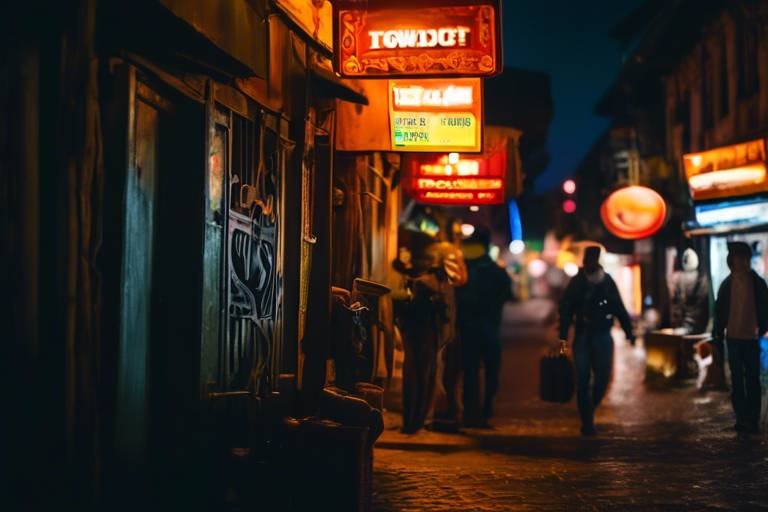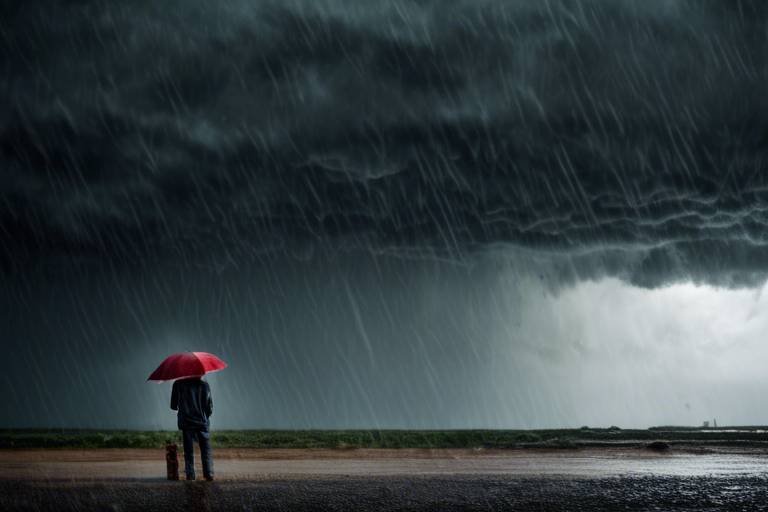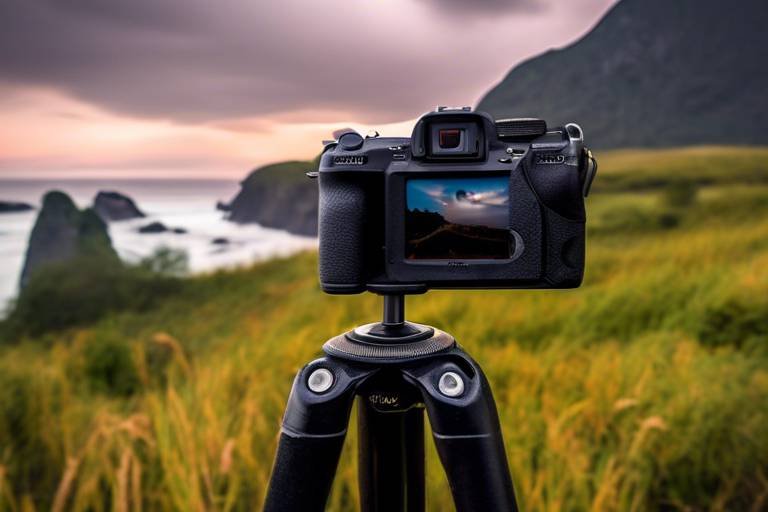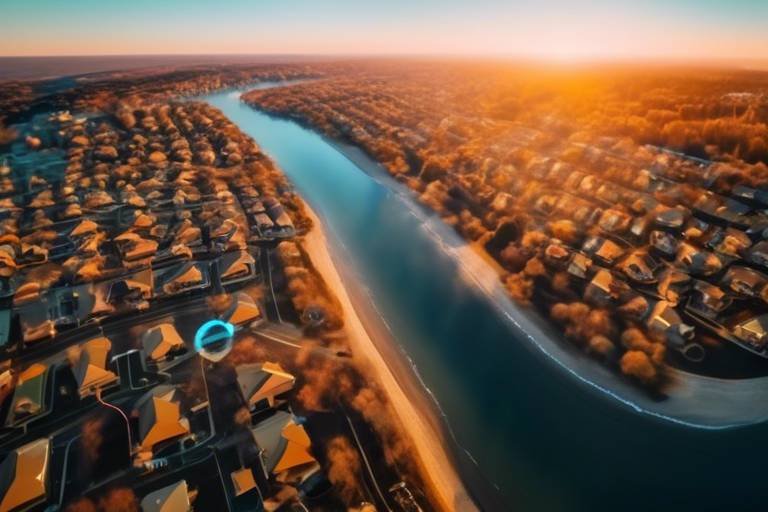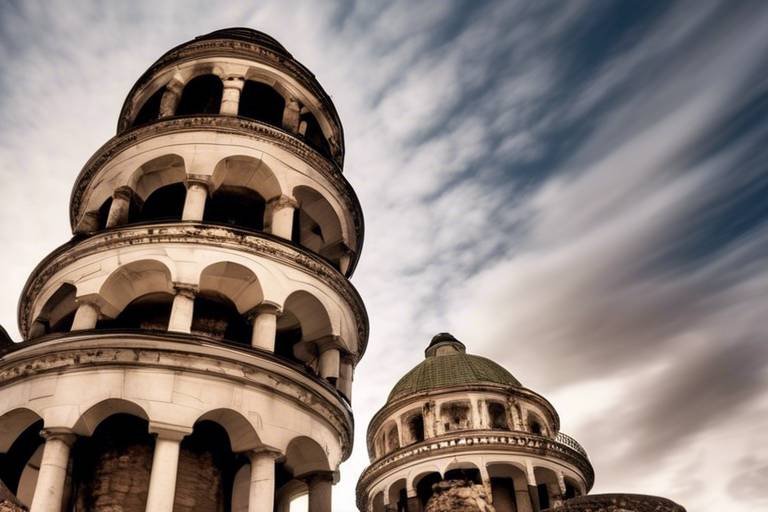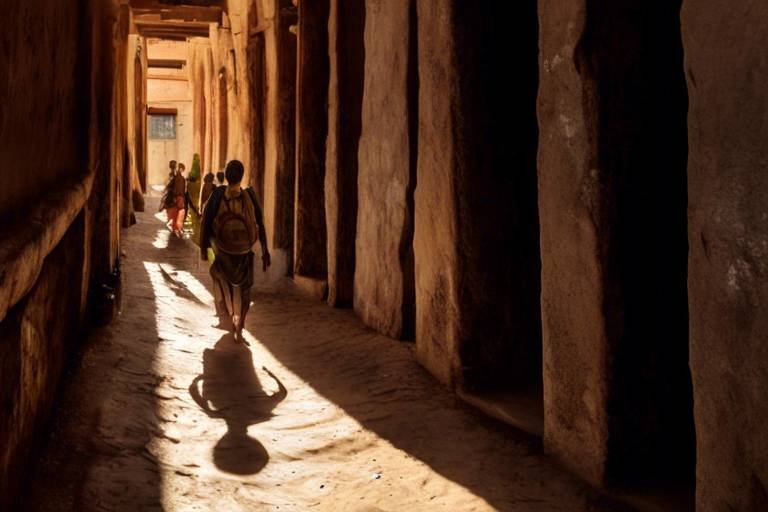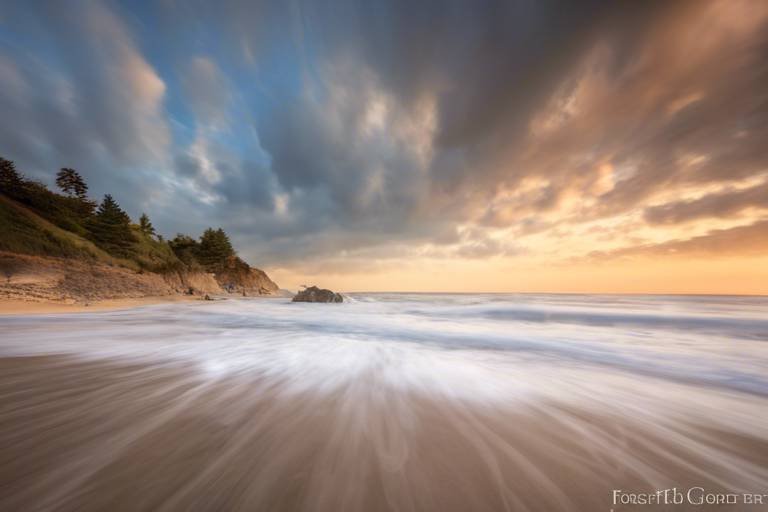Tips for Shooting in Low-Light Conditions During Your Travels
Photography in low-light conditions can be both a challenge and a thrill for any traveler with a passion for capturing moments in unique settings. The dim light offers a canvas for creativity, allowing you to play with shadows, highlights, and ambiance to produce captivating images that tell a story. However, mastering the art of shooting in low-light situations requires a combination of technical knowledge and creative vision. By understanding how to adjust your camera settings, utilize available light sources, and employ the right equipment, you can elevate your travel photography to new heights.
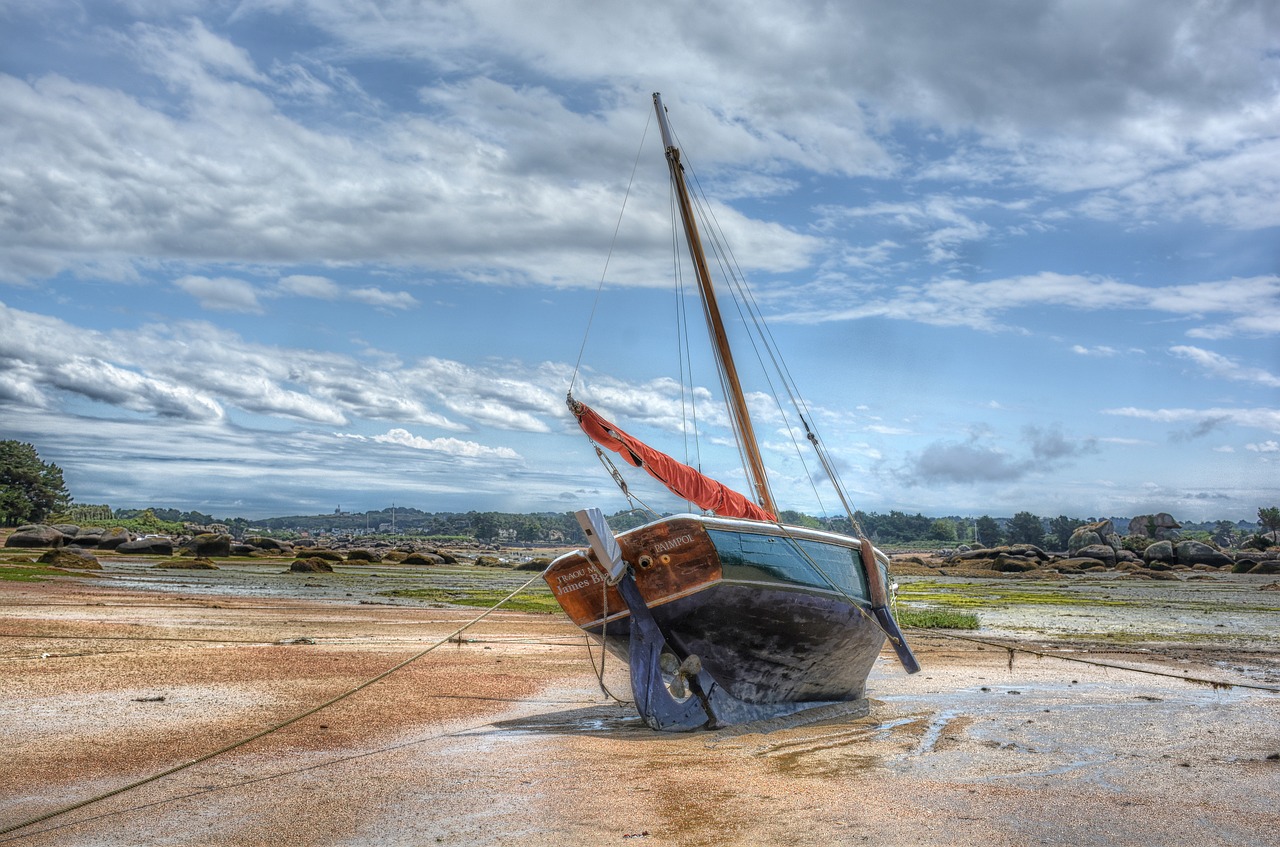
Understand Your Camera Settings
Photography in low-light conditions can be challenging but rewarding. Learn how to adjust your camera settings, use a tripod, and leverage available light sources to capture stunning images during your travels.
Familiarize yourself with ISO, aperture, and shutter speed settings to optimize your camera for low-light conditions. Understanding how these settings interact with each other is crucial in capturing clear and well-exposed photos in challenging lighting situations. Think of it as mastering the controls of a spaceship, where each adjustment propels you closer to the perfect shot.
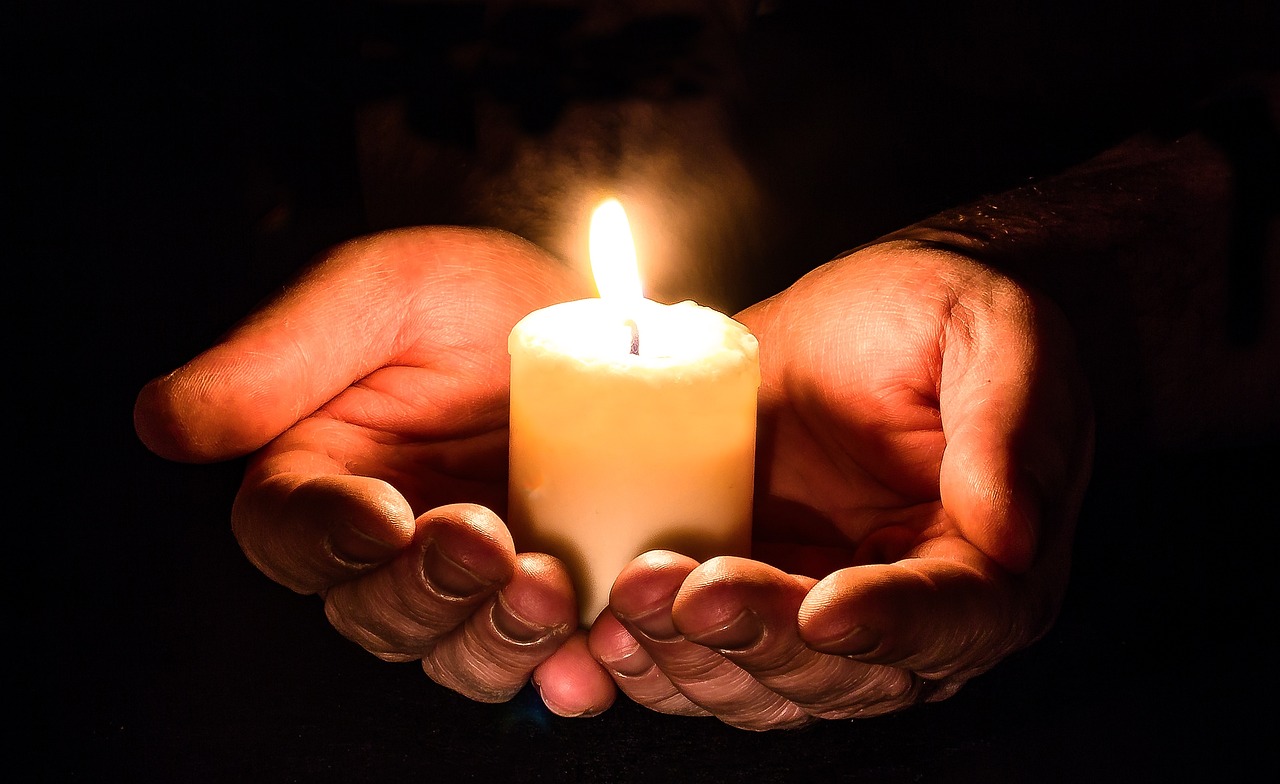
Use a Tripod for Stability
When shooting in low-light conditions during your travels, one essential tool you should always have in your photography arsenal is a tripod. A tripod provides stability to your camera, preventing any unwanted blurriness caused by shaky hands in dimly lit environments. Think of it as a reliable anchor that keeps your camera steady, allowing you to capture sharp and clear images even in challenging lighting situations.
Imagine trying to take a long exposure shot of a starry night sky without a tripod. The slightest movement can result in a blurry mess instead of a stunning image of the cosmos. By using a tripod, you can confidently set up your shot, adjust your camera settings, and capture the beauty of the night sky with precision.
Additionally, a tripod enables you to experiment with different compositions and framing techniques that require longer exposure times. Whether you are capturing the mesmerizing glow of city lights or the serene ambiance of a candlelit dinner, a tripod ensures that your images turn out sharp and well-defined, enhancing the overall quality of your low-light travel photography.
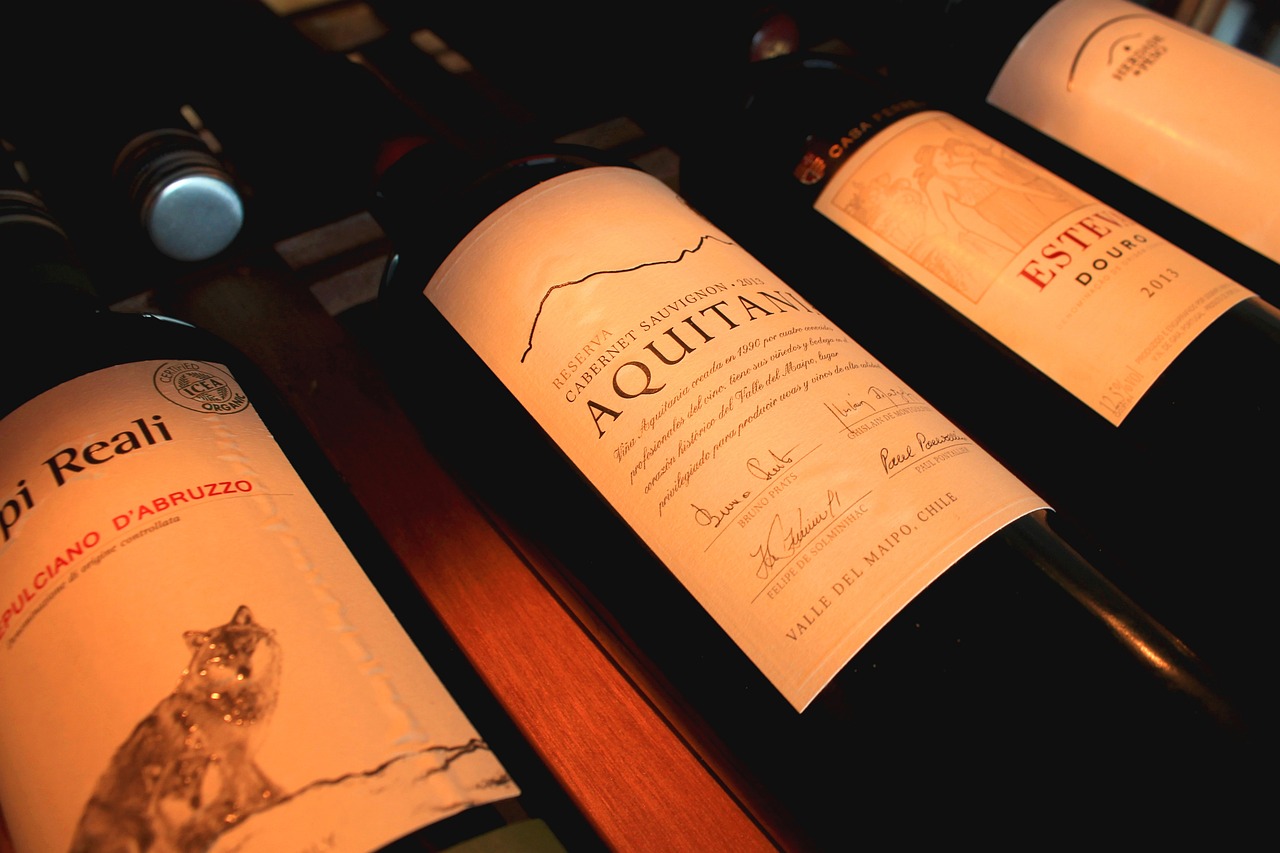
Experiment with Different Light Sources
When shooting in low-light conditions during your travels, experimenting with different light sources can truly elevate your photography game. By creatively utilizing both natural and artificial light, you can add depth, mood, and a touch of magic to your travel shots.
Imagine capturing the warm glow of a street lamp casting long shadows on a cobblestone street, or the soft, ethereal light filtering through a canopy of trees in a forest at dusk. These unique light sources can create captivating and atmospheric images that transport viewers to the heart of your travel experiences.
Additionally, playing with light sources allows you to experiment with contrast and highlights, adding visual interest and drama to your photos. Whether it's the soft, diffused light of a sunrise or the dramatic shadows cast by a flickering candle, each light source offers a new opportunity to capture a moment in a way that is both technically impressive and emotionally compelling.
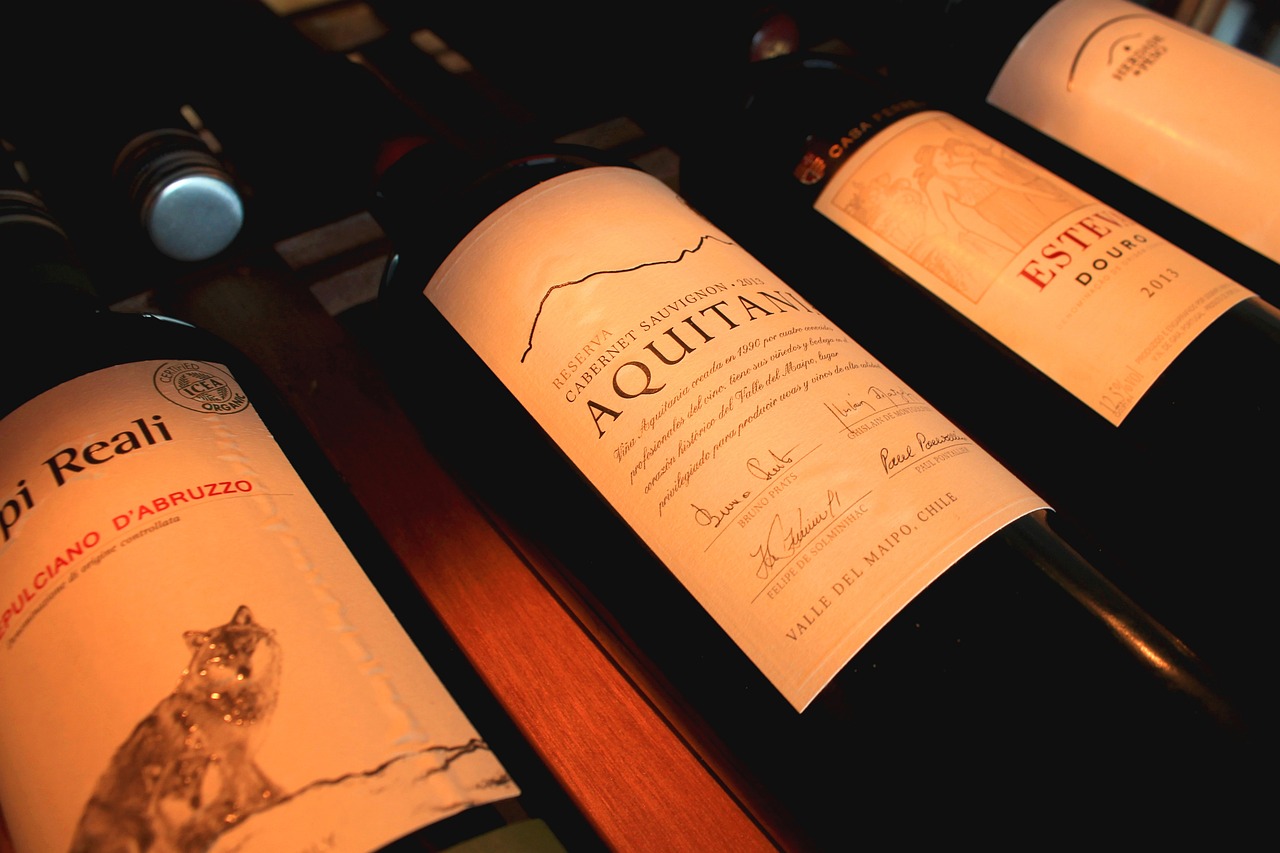
Shoot in RAW Format
When shooting in low-light conditions during your travels, one essential tip is to . RAW files contain unprocessed data captured by your camera's sensor, providing you with more flexibility in post-processing compared to JPEG files. By shooting in RAW, you retain more details in the shadows and highlights, allowing for better adjustments to exposure, color, and sharpness without compromising image quality.
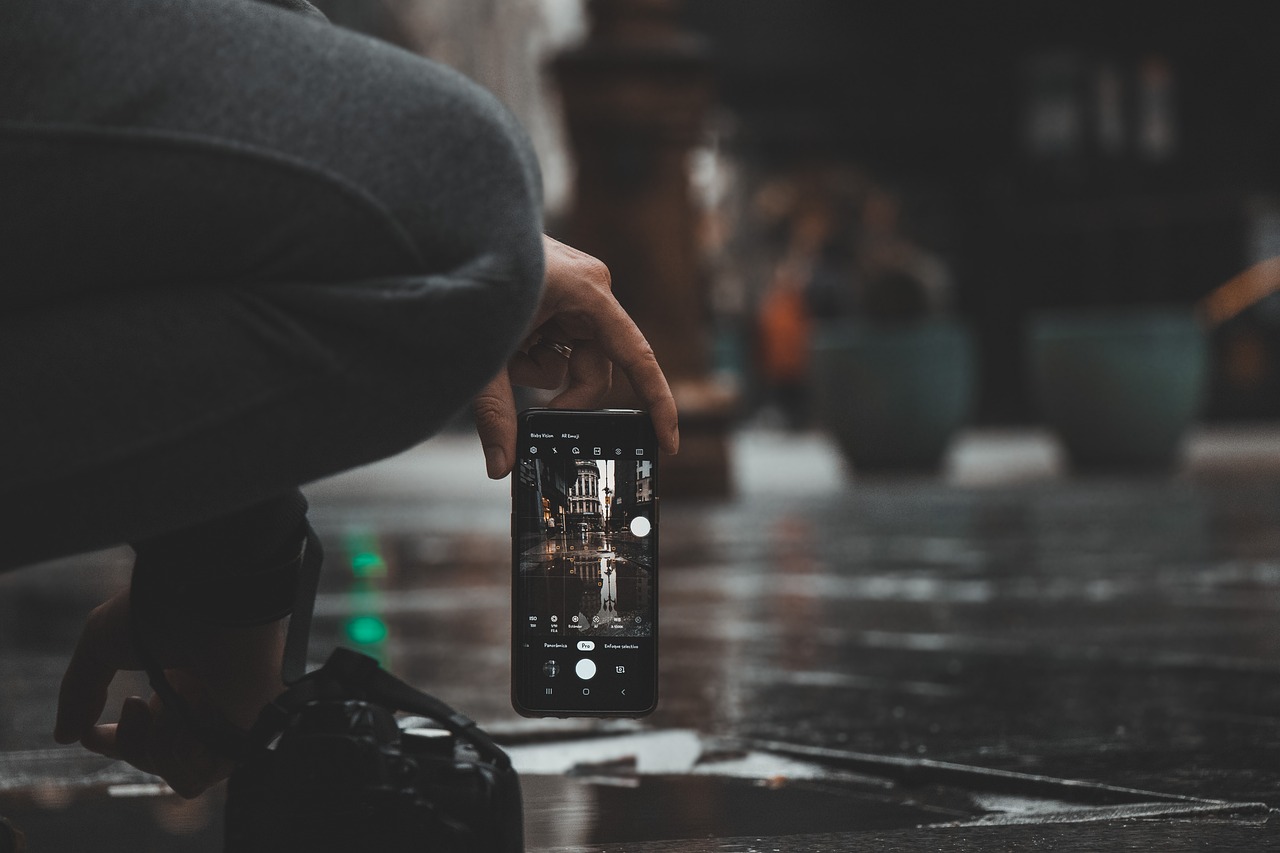
Adjust White Balance Settings
When shooting in low-light conditions during your travels, adjusting the white balance settings on your camera is crucial to ensure accurate color reproduction. White balance is responsible for maintaining the true colors of your subject under different lighting conditions, preventing your photos from appearing too warm or too cool. By fine-tuning the white balance settings, you can achieve natural-looking images that reflect the actual hues of the scene.
Most cameras offer preset white balance modes such as daylight, cloudy, tungsten, fluorescent, and flash. These presets help you quickly adjust the white balance according to the lighting situation you are in. However, for more precise control, consider setting the white balance manually. This allows you to customize the color temperature based on the specific lighting conditions, ensuring that your photos look as close to reality as possible.
Experimenting with different white balance settings can also create artistic effects in your low-light travel photos. For example, using a cooler white balance setting in a warm-toned environment can enhance the contrast and mood of the image, while a warmer setting in a cool-toned scene can add a cozy and inviting feel to the photograph.
Remember, mastering white balance adjustments not only improves the overall quality of your low-light travel shots but also gives you the creative freedom to evoke different emotions through color temperature manipulation. So, don't overlook the importance of white balance settings when capturing memorable moments in challenging lighting conditions.

Utilize Manual Focus for Precision
When shooting in low-light conditions during your travels, utilizing manual focus can significantly enhance the precision and sharpness of your photos. In dimly lit environments where autofocus may struggle, manual focus gives you full control over where to focus, ensuring that your subject is crisp and clear in the final image.
By adjusting the focus manually, you can fine-tune the sharpness of your subject, especially when shooting in challenging lighting situations. This technique allows you to overcome the limitations of autofocus systems that may hunt for focus or struggle to lock onto subjects in low-light settings.
Manual focus also enables you to explore creative compositions by selectively focusing on specific elements within the frame. Whether you want to highlight a particular detail in the foreground or create a shallow depth of field effect, manual focus empowers you to achieve your desired artistic vision with precision.
When using manual focus in low-light conditions, it's essential to take your time and carefully adjust the focus ring on your lens to achieve the desired sharpness. By practicing and experimenting with manual focus techniques, you can elevate the quality of your travel photos and capture intricate details even in challenging lighting scenarios.

Consider Using a Prime Lens
When shooting in low-light conditions during your travels, one essential consideration is the choice of lens. to enhance your photography experience in challenging lighting situations. Prime lenses have a fixed focal length, which often results in sharper images compared to zoom lenses. Additionally, prime lenses typically have wider apertures, allowing more light to enter your camera and enabling you to capture better quality images in low-light environments.
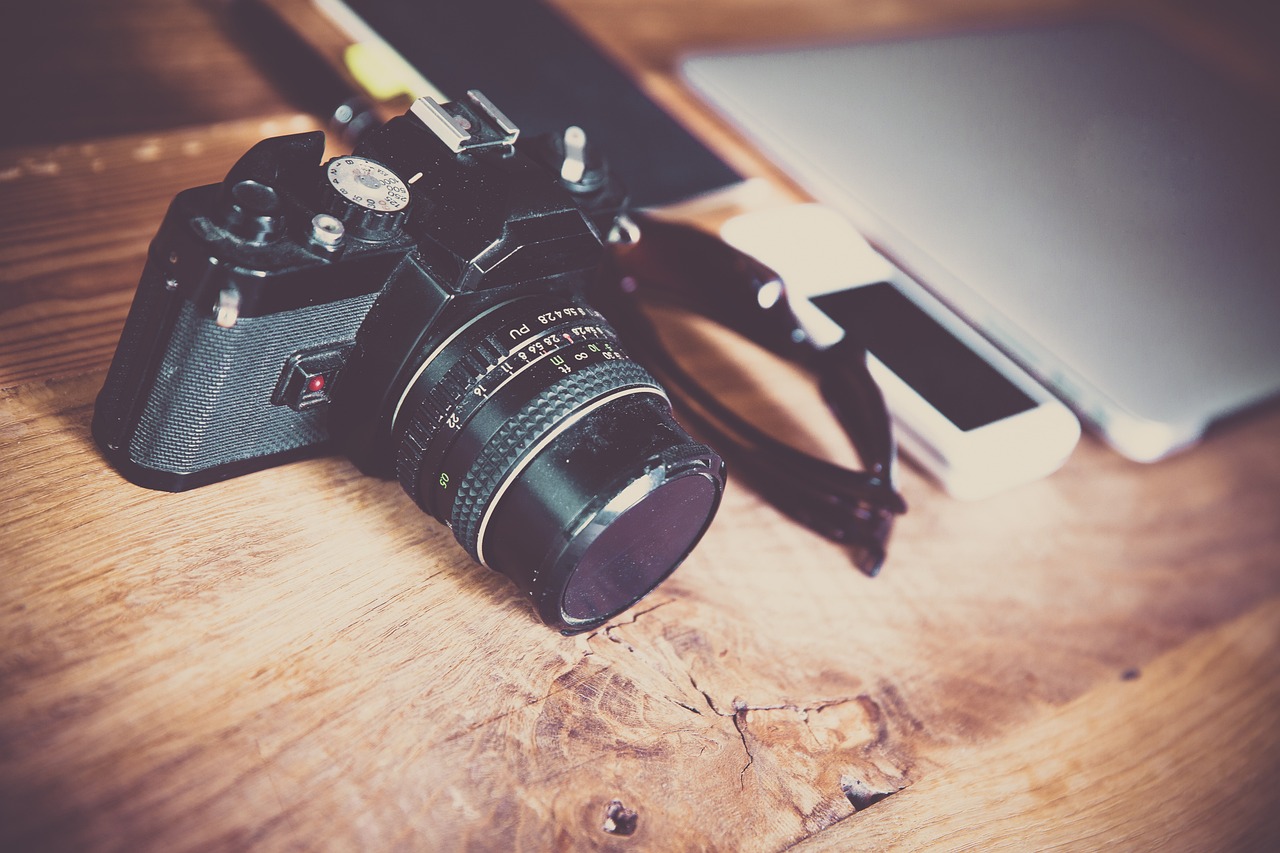
Avoid Using Flash When Possible
Avoiding the use of flash whenever possible is crucial when shooting in low-light conditions during your travels. Flash can often create harsh lighting, wash out details, and disturb the natural ambiance of the scene you are capturing. Instead, try to work with the available light sources around you to create a more authentic and atmospheric feel in your travel photographs.
By relying on the existing light, whether it's the soft glow of street lamps, the warm hues of a sunset, or the subtle light filtering through a window, you can capture the true essence of the moment without the need for artificial lighting. This approach not only preserves the mood of the scene but also challenges you to be more creative with your composition and exposure settings.
However, in situations where using flash is unavoidable, consider diffusing the light to reduce its harshness. You can use accessories like a diffuser or bounce card to soften the flash and create a more natural-looking illumination. This technique can help you achieve a balanced exposure without overpowering the ambient light in your low-light travel shots.
Remember, the goal when shooting in low-light conditions is to embrace the unique atmosphere and lighting challenges presented by your environment. By avoiding the use of flash whenever possible and harnessing the available light creatively, you can capture captivating travel images that truly reflect the mood and essence of your experiences.
For further tips and tricks on mastering low-light photography during your travels, continue to experiment with different techniques and settings to find what works best for your style and preferences. With practice and patience, you can elevate your photography skills and create stunning images that stand out from the rest.
Frequently Asked Questions
- What camera settings are crucial for shooting in low-light conditions?
Understanding and adjusting ISO, aperture, and shutter speed settings are essential for optimizing your camera in low-light environments. These settings directly impact the exposure and quality of your photos.
- Why is using a tripod recommended for low-light photography?
Using a tripod helps stabilize your camera, reducing the risk of blurry images caused by camera shake in dimly lit settings. It allows for longer exposure times without compromising image sharpness.
- How does shooting in RAW format benefit low-light photography?
Shooting in RAW preserves more image data, providing greater flexibility during post-processing to adjust exposure, white balance, and other settings without significant loss of quality. This is particularly useful in low-light scenarios where details are crucial.
- Why should one avoid using flash in low-light situations?
Using flash in low-light settings can often result in unnatural lighting, harsh shadows, and a loss of the ambient mood. It's generally recommended to rely on available light sources or artificial lighting techniques to maintain the desired atmosphere in your travel photos.

